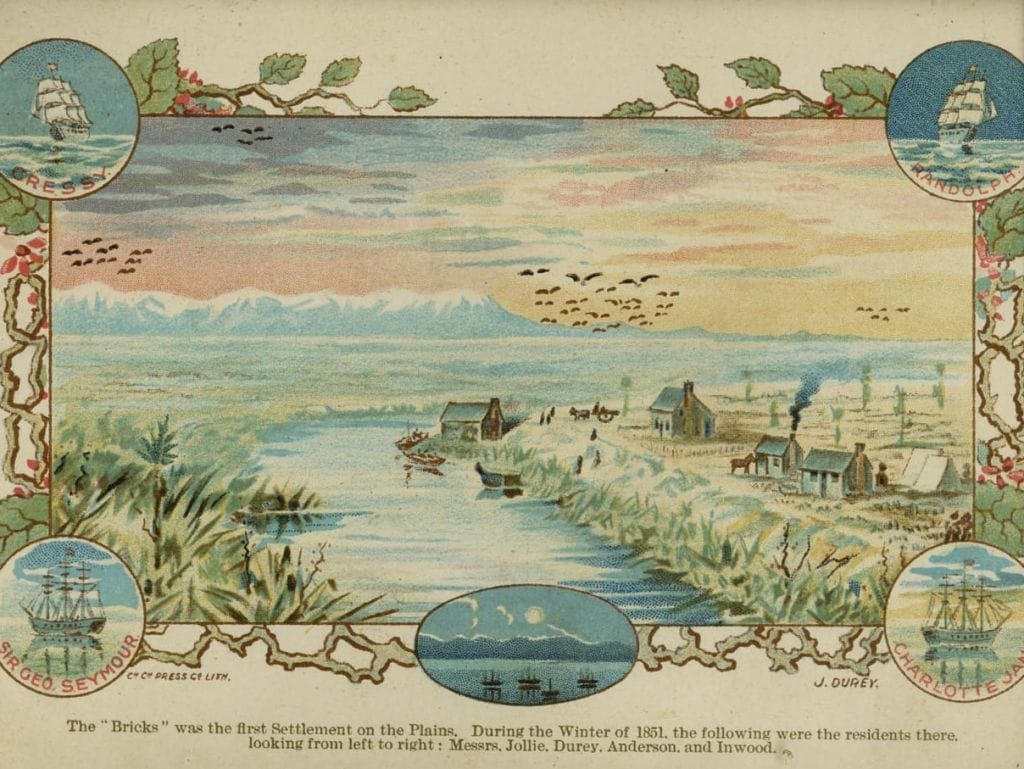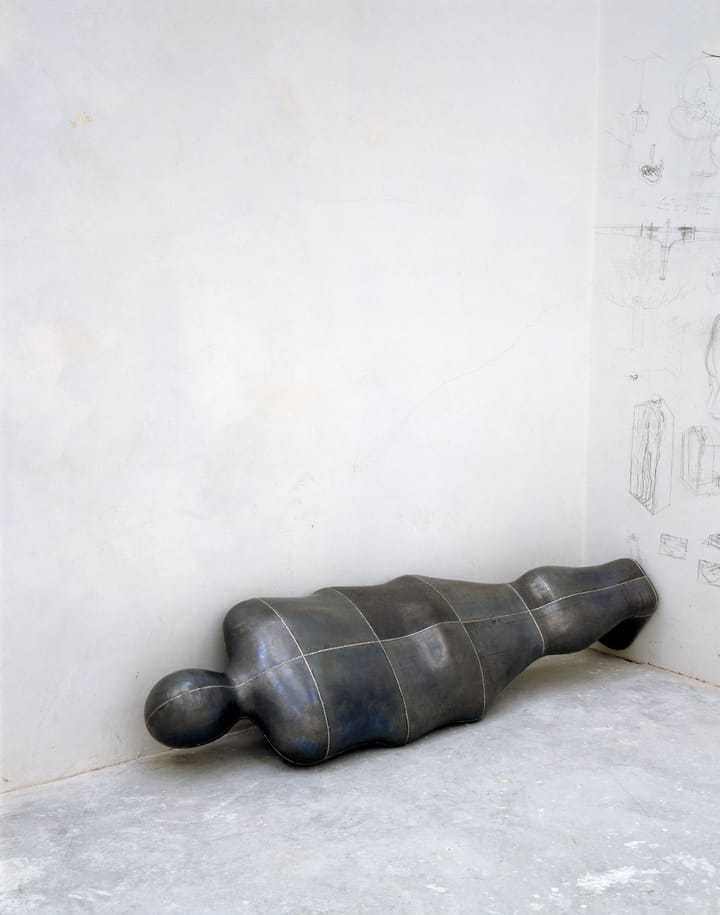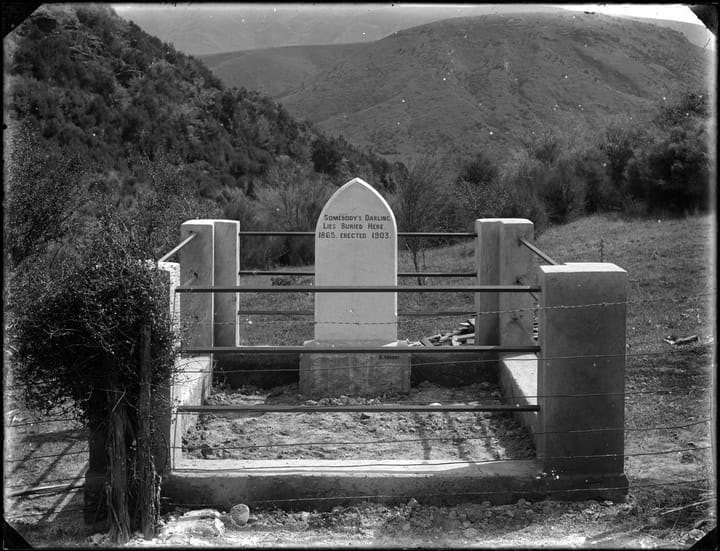World City Christchurch – building a city for the future

presented to Christchurch City Council soon after the earthquake of 22 February, 2011. I have revised the following slightly to present it here.
We, the people of New Zealand, make the gift to Christchurch of a glass-fibre infrastructure along with a data-pipeline connecting it to the world.
This is the cap-stone of my idea to build Christchurch as an economically productive – high-tech, sustainable – green, and above all a new city.
I suggest we deal directly with the issue of Christchurch’s productivity by connecting it with an integrated civic-wide UFB network that has built into its cost the necessary international data-pipeline.
Background: the cost of the UFB – Ultra-Fast Broadband – network recently proposed for NZ, the product of a government partnership with Telecom, is said to be in the vicinity of $6 billion. Without a serviceable data-cable connecting it to the world, an additional $400 million or so, the UFB as proposed is subject to existing data-caps on the single service New Zealand currently has connecting it with the United States.
The national UFB project and the need to think about the future of the city of Christchurch are opportunities for economic progress that can be brought together and thought of conjointly as an unprecedented opportunity.
Rebuilding Christchurch’s infrastructure should not be limited to restoring it. We ought to be looking at both future-proofing it and using the rebuild as incentive to encourage investment in the city. Restoration is not sustainable, innovation is.
What will sustain the city is what will build World City Christchurch. An environment that will inspire businesses to come is connected globally. An environment that will inspire people to live in it is connected locally and nationally.
Revising the idea of the national UFB without an international cable as a civic UFB with an international cable is the cap-stone of what I am proposing for Christchurch. There are two further aspects to the vision that work in harmony with it.
A system of canals is built for the transportation of heavy goods throughout the city. The system would be woven in to the fabric of the city, joining it to the wider water-network of the Canterbury Plains: the Garden City linked to its gardens.
Such a system of water-ways has been considered before, at the period of Christchurch’s establishment. Since aquifers and subterranean rivers and streams are a feature of the Plains, it is a plan that deserves another look. Not only a Venice of the South but a city determined not to sink back into the swamp of liquefaction that was the result of the February 2011 earthquake.
The third element to this plan already has widespread endorsement: the Copenhagenization of Christchurch; a network of cycle-ways connect the city, with ‘green corridors’ through parks, encouraging people to ride by taking cycle-paths away from roads, making them safe, and also enhancing the natural beauty of the city. (Perhaps Christchurch would then be helmet-free, in consideration of the fact that cities where cycle-helmets are mandatory is a clear indication that they are not cycle-friendly.)
These architectures, of a 1) glass-fibre infrastructure hardwired to the world, of a 2) system of canals, and a 3) network of cycle-ways, duly provide for the foundation of a new civic architecture. To start, rather than the infrastructure, with the buildings and the houses is to recreate the past, and rather than discovering in the middle of this crisis anything new, it is to try and bring back the old.
The city could again be beautiful, but it will never be as it was. What is suggested is a new style of city to be reflected in its domestic, public and commercial buildings. Low-rise, canal-side, quiet, green, goods and freight carried by water-ways, connecting and bringing produce into the city from the Canterbury Plains.
If the Christchurch earthquakes constitute a national disaster, then the nation should be doing more than being asked to pay up. If Christchurch’s disaster has had, as the Prime Minister has stated, a deleterious affect on GDP unparalleled in New Zealand’s history, then New Zealand should be encouraging the creation of a productive city, one that can pay back.
In a rush into public relations disaster, in the guise of disaster-control, I don’t think the prospect of economic growth has been seriously considered as a part of the so-called rebuild. Through building a city that will by the very nature of its civic architecture and infrastructure attract investors, entrepreneurs and inhabitants, Christchurch should be able to make a greater economic contribution, greater, that is, than before. A re-build ought to take this economic responsibility on along with the vision of a city with the potential for real and sustainable growth for the future.
notes:
Using an historical image, above, is to suggest how the present utopian thinking is in keeping with the utopian thinking of Christchurch's past, the link between them discussed by Jacky Bowring in "Revisiting Utopia: How a Legacy of Idealistic Plans Resonates with Christchurch’s Rebuild".
On Silicon Valley Christchurch: “Christchurch has a window of opportunity” – Roger Dennis, "Christchurch and Silicon Valley – the parallels".
Mention of the Venice of the South: “The Venice of the South Pacific we might have been had the proposal gone ahead for the city to be connected to the sea via the Avon-Heathcote estuary to the south and the Waimakariri River to the North.” – original link and source of quote since deleted, however here is a nice article about the subject (and the source of the above image): "Canals Through the Swamp," Clara Watson, 26 June 2020.
On Copenhagenization: “JG: We’re commissioned to rebuilding efforts in Christchurch, New Zealand, after the recent earthquake. They want to use the opportunity to get rid of many of the bad compromises from the 20th century, which are burdening all cities in the western world. They want to make a very good city for the 21st century, rather than just repeating all the errors from the past. Interesting … and humbling.” – source since deleted, David Haywood, writing the same year as the earthquake, deals with the subject here.


